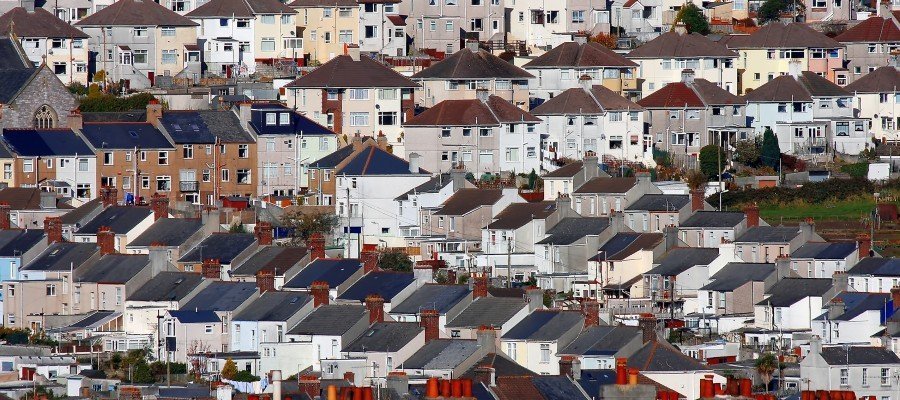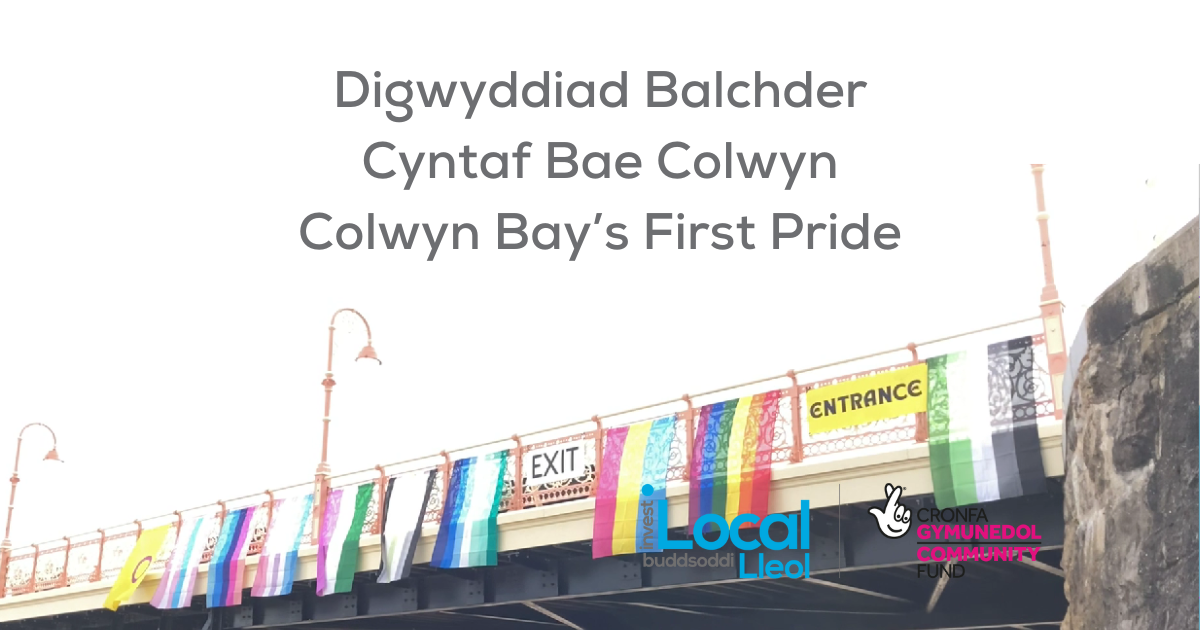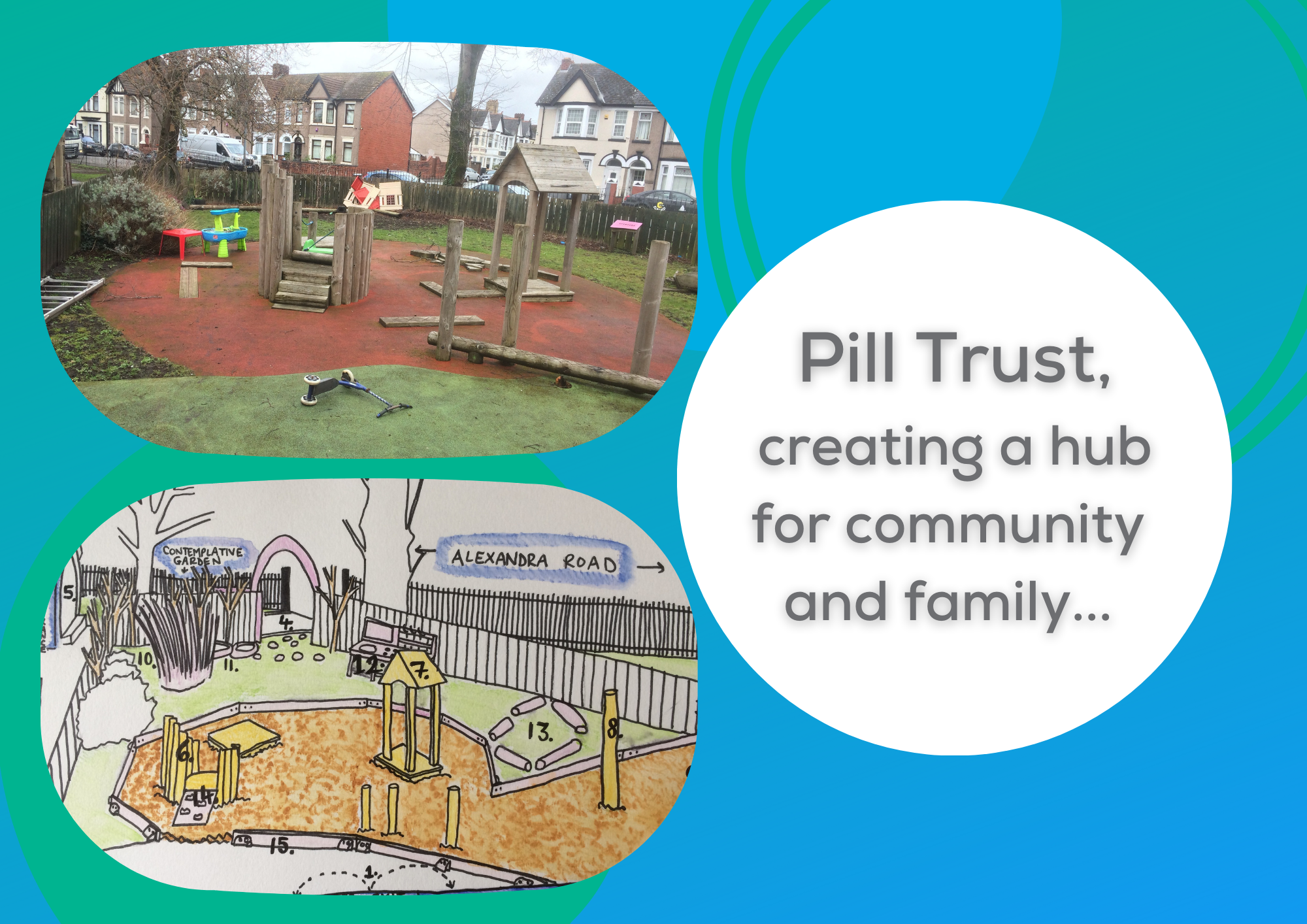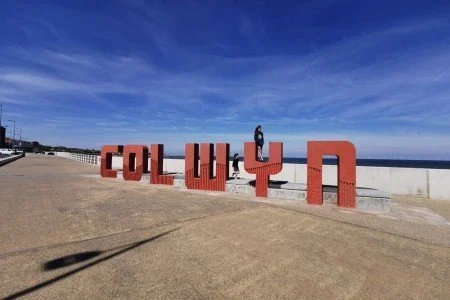WHERE ARE OUR COMMUNITIES? BOUNDARIES IN PLACE-BASED WORKING
As we begin consultation with local communities, Chief Executive Chris Johnes talks about the effect/nature of boundaries on place-based programmes.
Over the last six months, Building Communities Trust has been slowly rolling out the Invest Local programme across Wales. The asset-based programme will be working in 13 communities, and provides long-term, flexible funding and support (funded from Lottery money).
So far we are working in 10 communities, with the final three being engaged over the next couple of months. Of the 10 communities, five are small towns or villages in former industrial areas, four are estates on the edge of small towns and one is right in the middle of one of our larger cities.
In almost every area one of the most glaring issues that has emerged as soon as we have started talking to people, is actually where is the community. Our programme started with firm lines on the map, based on administrative areas, but we were always prepared to be confronted with the reality of what local people feel to be their community.
What we have encountered has been striking. In every area we have gone into so far, there is a strong sense of place – but that place has often not been as we originally envisaged it.
The nature of the place we are looking to work in has been a very early topic of conversation, and in at least two areas we have been told – very clearly and by many people – that the areas we were suggesting didn’t make any sense locally. So we have made changes in line with the local consensus from the beginning of our wider engagement.
However, even with re-drawn, more locally comprehensible boundaries, the nature of the places we are working in and the communities we are working with remains complex. While physical place and the links and identities that come with it are an important source of support and identity to many people, they rarely tell the whole story and can often be a limiting factor.
Ward boundaries were developed to help us elect councillors and LSOA areas were developed to help collate information; neither determine how people live, work or socialise. In every community we work in, the activities of the community organisations we work with are at most only partially affected by physical boundaries. Sports clubs don’t recruit from within a specific area, allotment users are not limited by which side of the road they live on, and the OAP club doesn’t turn away people from the neighbouring village.
Any programme which claims to be building community strengths has to recognise that the nature of place is blurred. While people may feel a real sense of pride in their locality, they also benefit from actions that happen outside their boundaries, as well as enjoying the support of people who come into their communities from outside to participate in different activities.
Sometimes professionals working on programmes and local residents fear porous boundaries. They worry it could lead to designated areas not getting all of “their money” or people who are not “needy enough” gaining benefits.
And while it is true that any place-based programme cannot expand too far (or it will get both diluted and probably taken over by more powerful voices), sitting within rigid boundaries doesn’t help either. Not only will such an approach become self-limiting and hinder people from accessing wider opportunities, it can also foster feelings of isolation and reduce the chances of a community’s voice being heard – which is ultimately one of the main reasons we engage in community development work in the first place.
While it can be tempting to think that work around place should focus definitively around a defined place, if we want to work with the grain of how people live we need to recognise the blurred boundaries that characterise where all of us live and work. In doing so, we make our work more relevant and more accessible.
Place-based work need to recognise the ambiguities of what is a local community and use the complexities and relationships that brings as a strength, not as an unwelcome complicating factor. Any other approach puts bureaucratic ‘tidiness’ ahead of understanding how people live, work and play – an approach which is ultimately utterly self-defeating.































